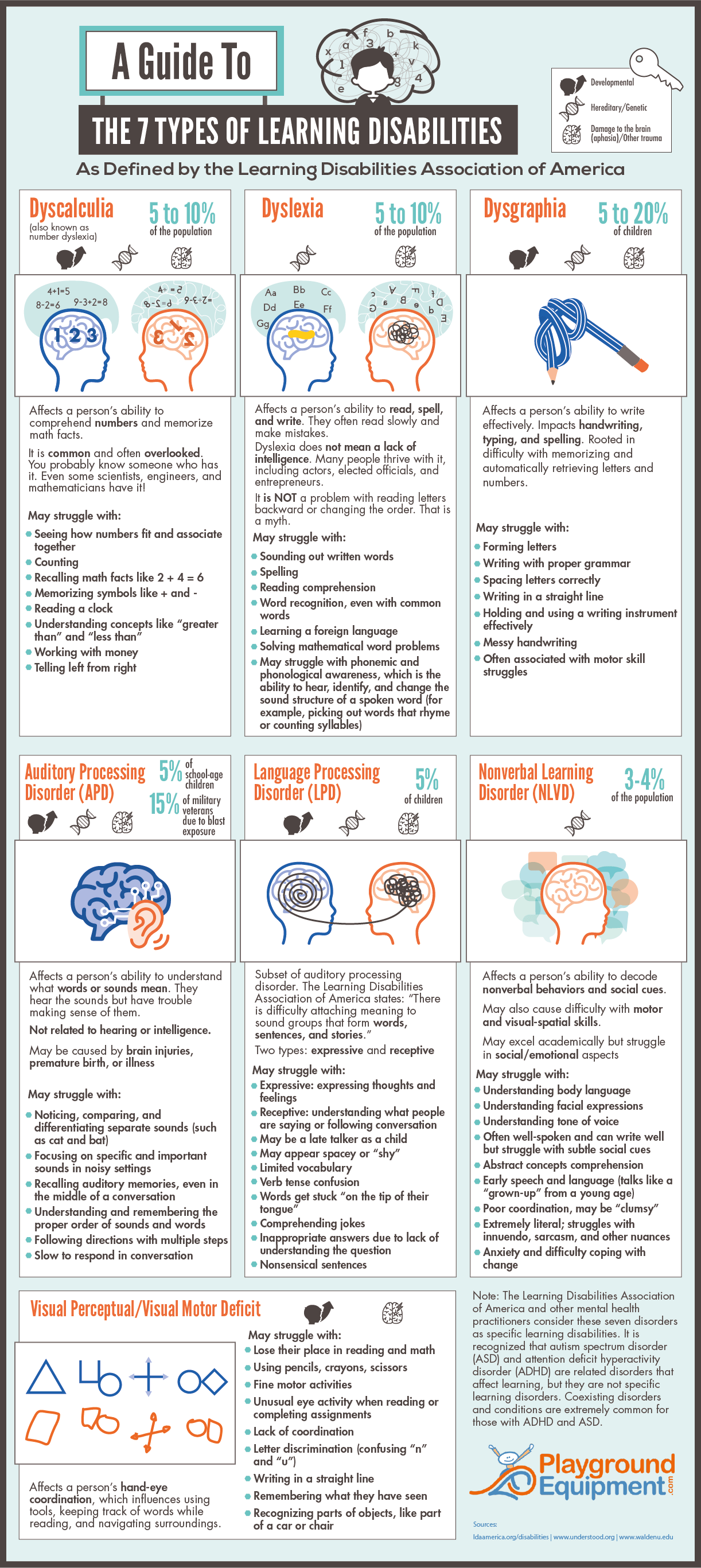
Brian Regan's comedy sketch truly reflects what many of our students experience in a typical school classroom, when they are undiagnosed or the teacher is not aware of required modifications and adjustments.
The problems displayed by individuals with dyslexia involve difficulties in acquiring and using written language. It is a myth that individuals with dyslexia “read backwards,” although spelling can look quite jumbled at times because students have trouble remembering letter symbols for sounds and forming memories for words. Other problems experienced by people with dyslexia include the following:
Not all students who have difficulties with these skills have dyslexia. Formal testing of reading, language, and writing skills is the only way to confirm a diagnosis of suspected dyslexia.
Comprehension relies on mastery of decoding; children who struggle to decode find it difficult to understand and remember what has been read. Because their efforts to grasp individual words are so exhausting, they have no resources left for understanding.
Signs of comprehension difficulty:
Retention requires both decoding and comprehending what is written. This task relies on high level cognitive skills, including memory and the ability to group and retrieve related ideas. As students progress through grade levels, they are expected to retain more and more of what they read. From third grade on, reading to learn is central to classroom work. By high school it is an essential task.
Signs of retention difficulty:
A student with problems in output may
A student with problems in organization may
A student with language problems in math may
A student with attention problems in math may
A student with problems in visual, spatial, or sequential aspects of mathematics may
A student with problems managing and/or merging different tasks in math may
From Misunderstood Minds
from Levine, All kinds of minds, 269
Above from
Levine, All kinds of minds, 249-50
from Levine, All kinds of minds, 233-35
